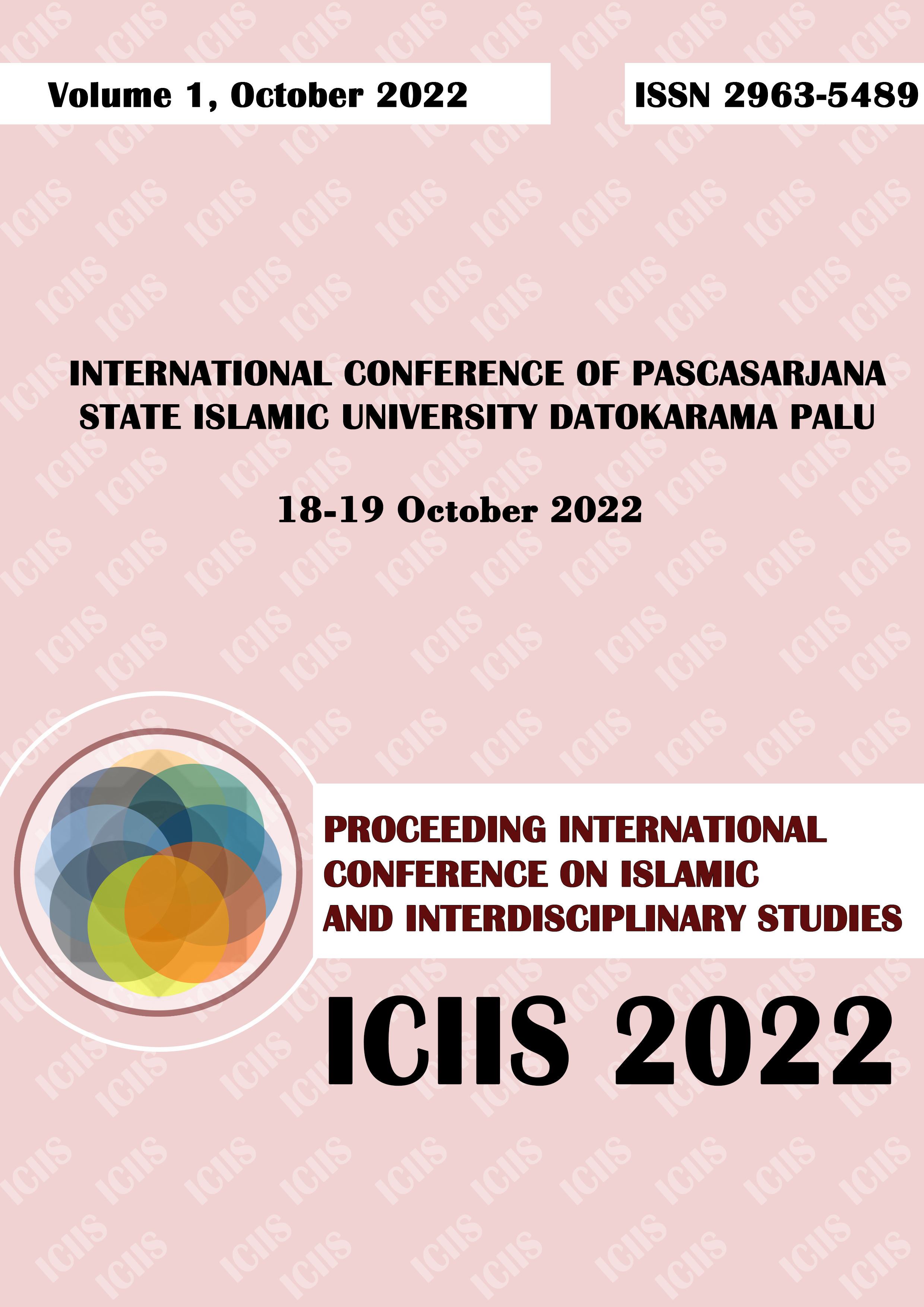The Relationship Between Understanding Fiqh Material and The Practice of Implementing Prayer service for Students in MTsN 2 Palu City
Abstract
This article discusses the relationship between understanding fiqh material and the practice of implementing prayer service for students at MTsN 2 Palu City. The problems in this article are: 1) How do students understand the fiqh material in MTsN 2 Palu City? 2) What is the practice of implementing prayer services for students in MTsN 2 Palu City? 3) Is there a relationship between understanding the fiqh material and the practice of implementing prayer services for students in MTsN 2 Palu City? The author uses a type of mixed methods of research, which is a research step by combining two forms of approaches in research, namely quantitative and qualitative with sequential explanatory research design. The first stage carried out is to collect quantitative data and then continue with the collection of qualitative data. The sample of this study was 35 respondents taken with purposive sampling techniques in quantitative research and snowball sampling in qualiative research. Data collection techniques use questionnaires/questionnaires, observations, interviews, and documentation. Quantitative analysis techniques use statistical formulas of product moment correlation. The results obtained by the author show that: 1) The results of understanding the fiqh material of class VII students in MTsN 2 Palu city are in moderate categorization with a percentage 66%. 2) The results of the practice of implementing prayer services for class VII students at MTsN 2 Palu City are in the moderate category with a percentage 80%. 3) There is a correlation or significant relationship between the understanding of fiqh material and the practice of implementing prayer services for students in MTsN 2 Palu City with a correlation coefficient product moment r calculated as much as 0,631 after being consulted with r table product moment at a significant degree 5% with n 35 then r table = 0,334 then r calculate>r table 0.631>0.334 so that the results are declared significant, these results are supported by the results of qualitative research that the higher the students' understanding of prayer services, the better the practice of implementing prayer services.
Copyright (c) 2022 Proceeding of International Conference on Islamic and Interdisciplinary Studies

This work is licensed under a Creative Commons Attribution-NonCommercial-NoDerivatives 4.0 International License.


